Why Is Australian Children’s Content So Important?
ACTF
24 Jan 2019
The television landscape is in a permanent state of disruption, and the viability of local content is at risk. Australian children’s television is the most vulnerable form of Australian content. It does not command the same level of financial or promotional support that prime-time drama and feature films do.
It does, however, have the best story to tell and provides the greatest public benefit.
Here’s why Australian children’s television is so important:
1. It’s validating.
Like it or not, the media influences the way we think about ourselves and the world around us. This is true for media-literate adults, and it’s certainly true for children. The stories we see explored on screen inevitably contribute to our understanding of what is ‘normal’, what is valuable – and conversely, what isn’t valuable. It is so affirming for children to see stories that are genuinely representative of their own experience of the world: to know that stories like theirs are worth telling. And for Australian kids, this means Australian content.
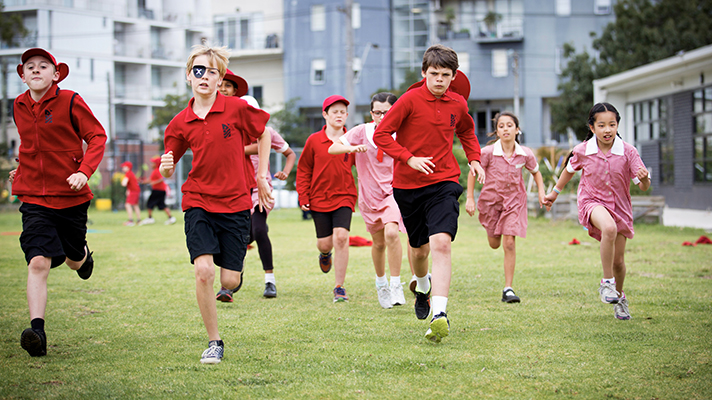 Little Lunch
Little Lunch
Quality local children’s series such as Little Lunch provide kids with characters, settings, and events that they can really identify with. In fact, Little Lunch is so relatable that many adults connect to this playground series as much as children do. Everyone remembers the novelty of rainy day timetables and the searing pain of the beep test. And everyone loves seeing these familiar experiences played out on screen.
It is key for children to see characters who not only look like themselves, their family and their community, but who sound like them too. Ludo Studio’s hugely successful animated series Bluey is a great example of local content that manages to do both well. With its cattle dog characters speaking in broad Australian accents, and a soundtrack that includes squawking rosellas and droning cricket commentary, Bluey looks and sounds unmistakably Australian. Our kids deserve access to distinctive content like this which genuinely reflects their language, community and culture.
2. It’s educational.
Recognisable and relatable stories make it easier for children to really comprehend the content they’re watching. They better understand – and learn from – characters when they can refer back to their own experiences. And with relatable stories, children can use their prior knowledge to reliably predict the way events will unfold.
Little J and Big Cuz is another outstanding local animation for preschoolers. This Logie award-winning series was initiated by the Australian Council for Education Research (ACER) to support the transition to primary school for Indigenous children and their families. Set in the dusty outback, the series follows five-year old Little J and his cousin as they explore the world around them.
 Little J and Big Cuz
Little J and Big Cuz
Little J and Big Cuz helps its young audience prepare for school life by exploring the routines and expectations of primary school. When Little J accidentally loses Aaron, the class mascot, he models taking responsibility for mistakes, apologising, and working together to solve problems – all essential skills for the classroom. The series is also instructive for a wider Australian audience, as it shares aspects of Indigenous histories, cultures and perspectives.
Quality local content is just as important for older children and teens, helping them to rehearse strategies for coping with life’s challenges and disappointments. In the series Lockie Leonard, 12-year old Lockie struggles with his transition to a new town, a new school, and his mum’s hospitalisation due to depression. The series’ sensitive depiction of depression helps its tween and teen viewers to process personal experiences with mental illness, just as Paper Planes teaches them about perseverance, and Mustangs FC forefronts leadership and teamwork.
These age-appropriate portrayals model social and emotional skills for children of all ages, and give parents and teachers a springboard for discussion and learning.
3. Representation matters – especially for children.
When Australian children see their lives reflected on screen, they experience recognition, affirmation, and gain positive role models; the characters and stories help them to imagine all the possibilities for someone who looks and sounds like them. But our nation’s kids are not a homogenous group. For this reason, it is key that a diversity of children’s lives is represented in a diversity of Australian stories, on all the platforms children turn to for entertainment, whether that’s traditional television or new online services.
Diverse and positive media representation is not only affirming for individual children, but to the wider community. This is because the television shows we watch influence how we think about others, as well as how we think about ourselves. Quality local content exposes children to a range of faces and voices that is genuinely representative of their community. Becoming engaged in a television drama is an opportunity to try on someone else’s shoes and consider what it’s like to be them. And in doing this, it encourages understanding and acceptance of others in ‘real life’. In this way, Australian children’s television builds empathy and kindness among the child audience.
4. It contributes to national identity.
Locally produced children’s content can have a significant and positive impact on our collective national identity. It builds a sense of community and citizenship among the audience, contributes to our perceptions of Australian life, and creates shared childhood memories.
Look no further than Round the Twist: you would be hard pressed to find an Australian 30-something that can’t sing along to the iconic theme song, or debate the series’ best episode. Similarly, Dance Academy spoke to a generation of Tara fans, and today’s young teens – who are growing up with Little Lunch on-demand – can likely tell you whether they’re more like Rory or Debra-Jo.
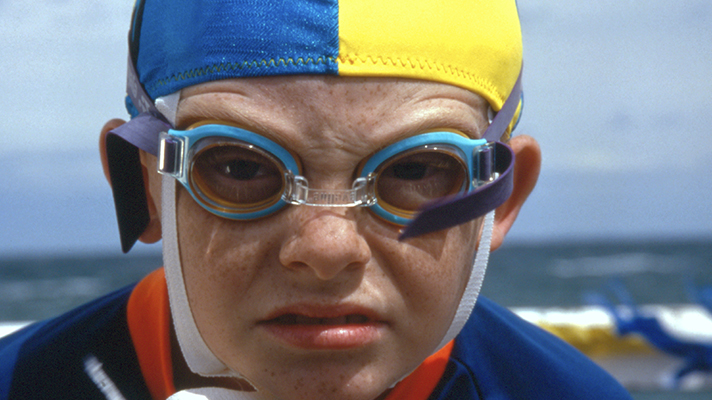 Round The Twist
Round The Twist
And actually, access to locally made content for children is also a human right. The United Nations’ Convention on the Rights of the Child requires that information of social, cultural and linguistic benefit be made available to children through the mass media.
5. It builds the local screen industry.
While it’s not usually front of mind when watching kids’ TV, we can all feel good about supporting the local television industry as we enjoy home-grown programs like Bluey. This new series was created and produced wholly in Australia, with Brisbane’s Ludo Studio employing local graduate students for more than half of the project’s workforce. Likewise, the Melbourne-based production Mustangs FC was committed to creating opportunities for females both in front of and behind the camera. The six young women cast in lead roles were new to television, and the series 1 crew consisted of 61% women – a huge achievement on a television crew.
Productions like this help to build a sustainable local film and television industry. Many outstanding Australian performers, writers, directors, producers and other crew got their start in children’s television production. Did you know that Margot Robbie and Liam Hemsworth first performed together, before they were famous, on The Elephant Princess? The sector creates jobs and economic activity all around the country.
However, the major beneficiaries of a creative and robust local children’s screen industry are the children’s audience themselves. And through passionate advocacy for #OzKidsTV we hope to secure this for them.
Won’t you join us?
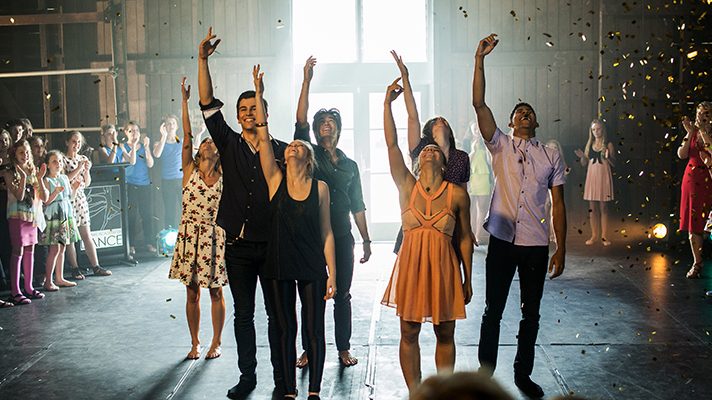

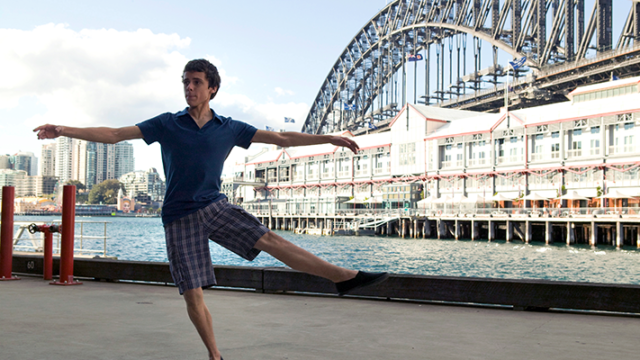
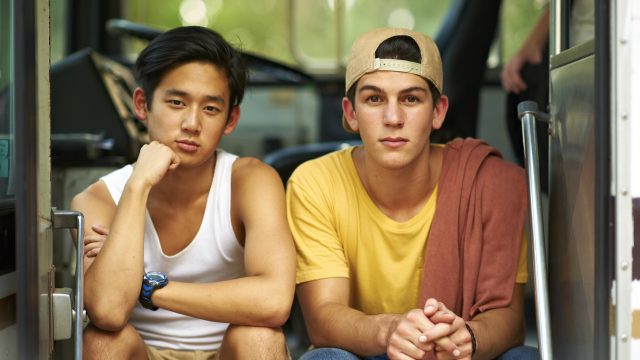
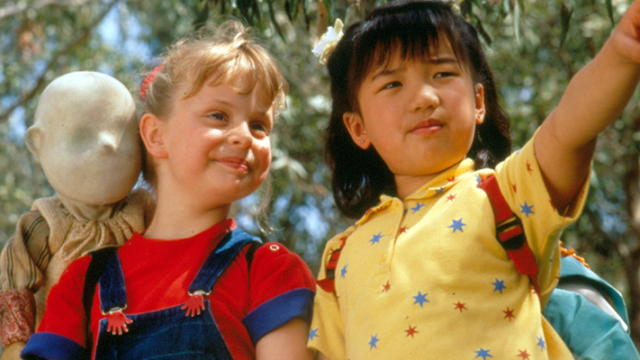
Comments
Comments for this post are open.